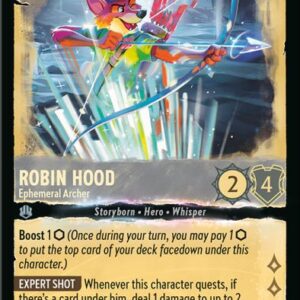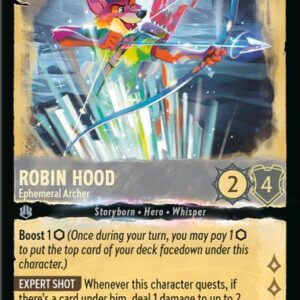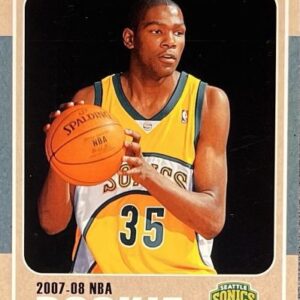In the world of Pokémon card collecting, particularly the early Base Set from 1999, discerning between the subtle differences of card types can be as much of an adventure as the quest to catch them all. The terms “Shadowless” and “Shadowed” have become significant for collectors who are on a mission to elevate their collections not just in quantity but in value. These terms describe distinct variations—First Edition, Shadowless, and Unlimited, which together map out a timeline crucial for any keen-eyed Pokémon card enthusiast.
From the outset, a bit of clarity around these terms is essential. In layman’s terms, “Shadowless” cards are distinguishable by their lack of a shadow just to the right of the Pokémon artwork frame. This flat design absent of depth was the initial portrayal before designers added a soft gray shadow to later print runs, adding a three-dimensional feel to the Unlimited set that followed.
Understanding the timeline of these editions is essential for identifying them. The First Edition Base Set heralded the arrival of Pokémon cards with its shadowless layout and iconic black stamp, setting itself as the foundation. The next wave, sans the stamp but similar otherwise, became known as “Shadowless.” Finally, came the Unlimited Base Set, marked by the now-familiar shadowed design, a staple for many childhood collections due to its widespread circulation.
Why should collectors care about these variations, you might ask? This lineage isn’t just a matter of aesthetics; it’s a roadmap of rarity and hence, value. Shadowless sits delicately between First Edition’s exceptional rarity and Unlimited’s availability. Prices for shadowless versions often overshadow those of Unlimited due to their reduced print numbers, especially for the luminary cards like Charizard, Blastoise, and Venusaur.
The artistry and typography of these cards provide numerous clues to their classification. First, examine the art window. If the right edge is devoid of a shadow, it’s a Shadowless card. Should there be a subtle gray bar, you’re looking at an Unlimited print. Next, shift your gaze to the card’s HP notation. Shadowless cards typically display a thinner, tightly spaced red “HP” text, whereas the Unlimited version opts for a bolder, more spaced font. Then, there’s the matter of card hue. Shadowless prints often have lighter yellow borders and softer ink tones, though this is a delicate signal and should be a corroborative, not definitive, sign.
If you’re squinting at the Evolution box or attacking text, thinner type in these sections also points to a Shadowless card. The copyright line offers another cue, appearing more compact on Shadowless cards, with tweaks applied in later prints of Unlimited editions.
Collectors who have dabbled in holographics may note that Shadowless holos can present a notably different surface sheen and texture compared to the more vibrant, sometimes richer Unlimited prints. This variance often stands out more prominently when comparing the two side by side under the light.
Practical examples include iconic cards like Charizard. A First Edition Charizard, by definition, hails from the shadowless pool, replete with a distinguishing stamp. Its shadowless counterpart, sans stamp, remains rarer than the universally recognized Unlimited shadowed rendition.
Take Machamp, another famous card. The early 2-Player Starter Set Machamp is 1st Edition and thus shadowless, while subsequent Unlimited Machamp prints revealed the shadow, becoming a quick visual lesson in differentiation.
This discernment stretches beyond the holographic sphere. Even mundane Trainer and Energy cards adhere to these shadow rules, meaning an anthology built from random buys could easily stabilize into a mix of the two.
A collector’s caveat: Shadowless cards, due to their shorter life on store shelves and characteristic design features, are susceptible to wearing that affects condition, which is paramount in valuation. Monitoring for edge chipping, centering, and underwhelming holo surfaces becomes crucial. At the grading stage, a “Shadowless” label does wonders in escalating a card’s price, post eye-test satisfaction.
Avoiding the labyrinthine pitfalls of inefficient classifications is crucial. Remember, the term shadowless applies solely to the Base Set, not Jungle or Fossil. Be wary of late variants like the UK’s 1999–2000 print, which employed the shadowed layout regardless.
For aficionados troubleshooting their collections or simply in need of a subtle reminder when at a card store or convention, here’s a cellphone-friendly checklist: no shadow equals Shadowless; shadow equals Unlimited. Verify HP typography for weight and spacing; lighter border, finer type suggests Shadowless; oh, and ensure you’re indeed assessing the Base Set.
Ultimately, the hierarchy in value follows a predictable but impactful pattern: First Editions reign supreme, shadowless trails closely behind, and Unlimited finishes the trifecta as the mainstay for nostalgic recollection. For those sorting through childhood treasures, anything lacking that trademark shadow warrants a second look. Once you master the art of spotting these shadows (or lack thereof), your collection will quickly fall into place, organized with an ease that almost feels like magic. That’s the pull of Pokémon.





